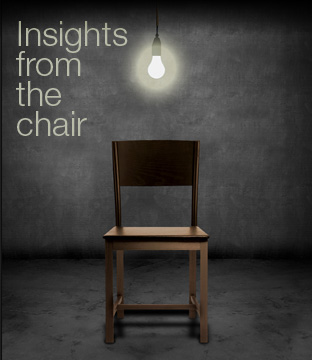What Every Marketer Needs To Know About Demand Side Platforms
 DSPs (Demand Side Platforms) are automated booking software systems for the purchase of online ad space/inventory. They are automated campaign tracking processes.
DSPs (Demand Side Platforms) are automated booking software systems for the purchase of online ad space/inventory. They are automated campaign tracking processes.
There are many positives: access to a significant amount of centralised online inventory, managing multiple messages and using a wealth of consumer data (with a question mark over data ownership) – all to find your consumer in the digital haystack.
But this black box comes with its own mysteries.
Media agencies are pushing increased DSP spend to their clients but the lack of transparency around the management and cost of these systems is a genuine cause of concern for many marketers.
All the major Australian media agencies have set up subsidiary divisions for their DSPs. You may recognise some names: Cadreon (UM), Xaxis (Group M), Vivaki (Publicis), Accuen Media (Omnicom). DSP spend, as both a % of digital budgets and overall budgets is increasing at a faster rate than almost any other media category. Enth Degree is consistently seeing causes for client concern unearthed during our media auditing projects.
What You Need To Know
1. DSPs are usually wholly-owned subsidiaries of your media agency’s global trading company. They have a separate balance sheet and therefore profit targets. They are not independent, although independent DSP services are available.
Not all DSPs are the same – they are only as good as the inventory arrangements they struck with online publishers.
If your DSP spend is anything north of 10% of your digital spend – you need to be sure that it is the best available (inventory and cost of inventory).
2. DSPs have direct arrangements with publishers, consisting of opaque rate and commission structures that would generally not be acceptable in a direct client to agency arrangement. In the latter, a service fee is paid and all commissions, rebates, and rate advantages are passed on to the client in exchange. However this is not a transparent process to the client in a DSP/publisher arrangement.
So what you are paying for cost per click/acquisition may not be what your DSP is paying, despite the allocation of a service fee to the media buyer.
Net, Net actual cost does not apply in this opaque universe of DSPs.
3. We’ve seen some clients being charged both commission and service fee on top of their DSP spend. In one case a client was not aware that the agency recommended DSP was a related business unit.
An automated trading system does not require the same level of resources and time to manage as other digital media spend.
If you have a % based service fee arrangement for digital/online services, you may want to review the remuneration arrangements to ensure there is no ‘double dipping.’
4. Clients have very little visibility over the quality of the inventory offered up by online publishers – or the environments their advertising may appear in. So this endangers brand safety. One global cosmetics firm won’t use DSPs due to repeated incidences of their advertising appearing on salacious sites.
Many DSPs focus on cheaper remnant inventory and may not deliver the site screening control reliability you require.
What You Should Do About DSPs
- Consider putting your DSP requirements out to open tender. Review the system inventory controls and pricing transparency when selecting a DSP.
- Put a direct contract in place with your DSP that specifies: management fees, your agreed policy on commission and discount transparency and most importantly your brand safety policies. Identify the calibre and content of sites where you will and will not appear.
- Your contract should also specify your DSP reporting requirements: both content and frequency.
OR
- Ring Enth Degree and we’ll audit your current arrangements, help you manage a review process and put a new direct contract in place. Our objective is to introduce transparent trading arrangement costs, increase your digital campaign effectiveness and ensure your brand safety.

